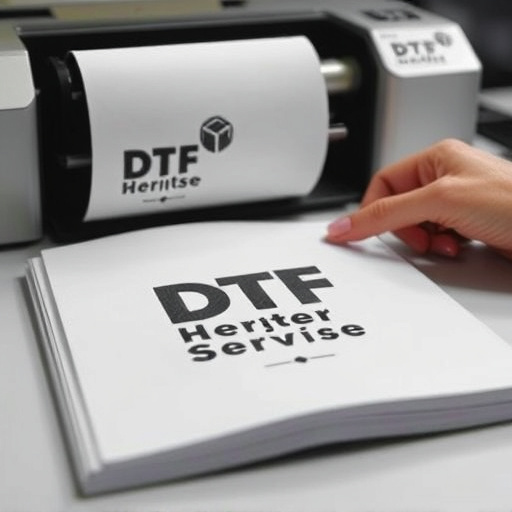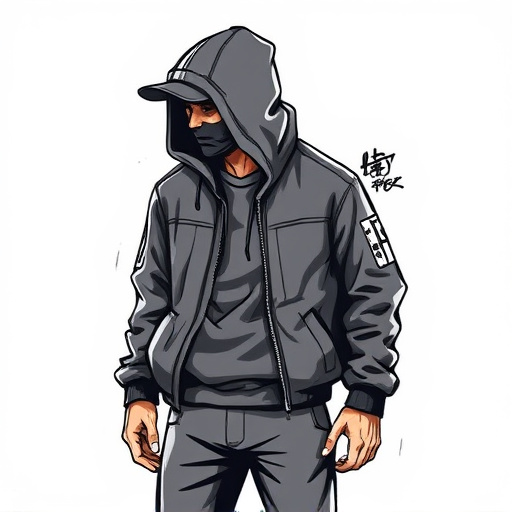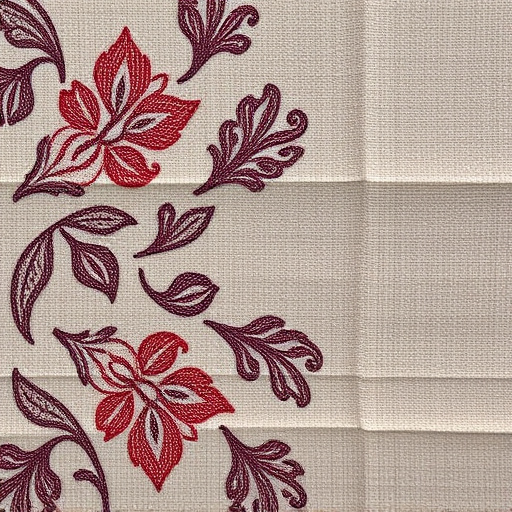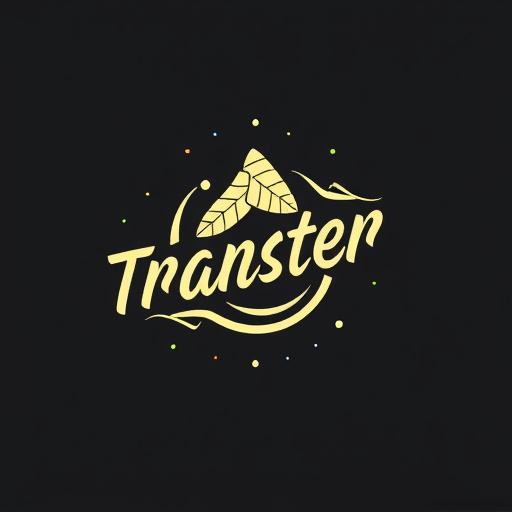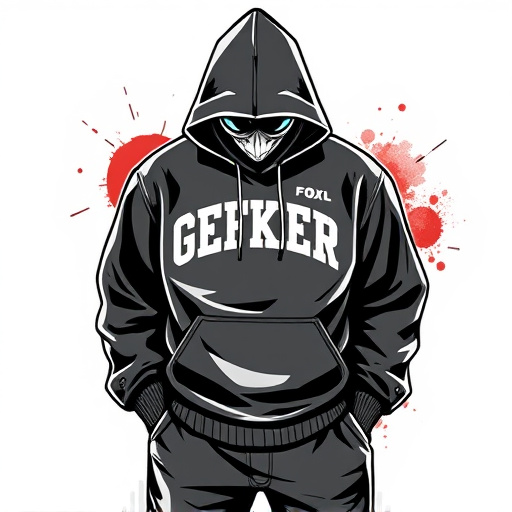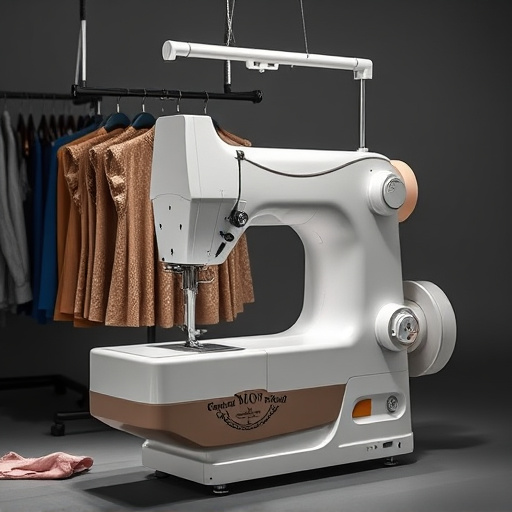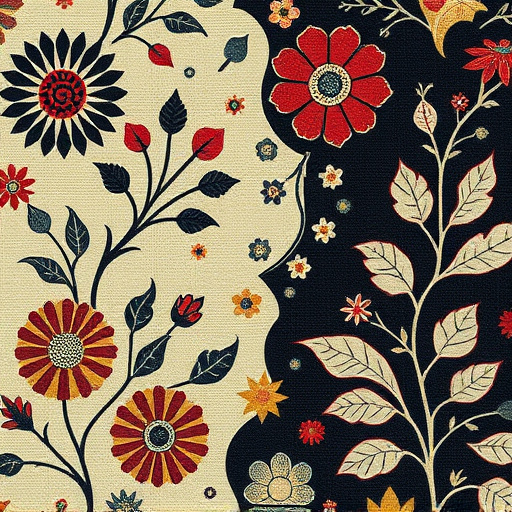Understanding and managing DTF Custom Orders Volume is crucial for apparel businesses aiming to profit from personalized garment demands. DTF (Direct to Fabric) technology offers high-quality printing on diverse fabrics, enabling bulk production of unique products with endless design possibilities. Effective management involves strategizing production optimization, inventory control, and order tracking using technology, responding to seasonal trends, pop culture influences, and varied customer segments while maintaining quality standards in a competitive market.
“Unraveling the intricacies of DTF Custom Orders is a game-changer for any business aiming to excel in supply chain management. This article offers expert insights into tackling high volumes, providing a comprehensive guide to navigate the complexities. From defining and understanding the impact of custom order volume on your operations to strategic planning, inventory management, and efficient order fulfillment, we explore every angle. By implementing effective techniques, businesses can masterfully handle DTF Custom Orders, ensuring customer satisfaction and optimal supply chain performance.”
- Understanding DTF Custom Orders Volume
- – Definition and importance in the supply chain
- – Factors influencing custom order volume (seasonality, trends, client base)
Understanding DTF Custom Orders Volume
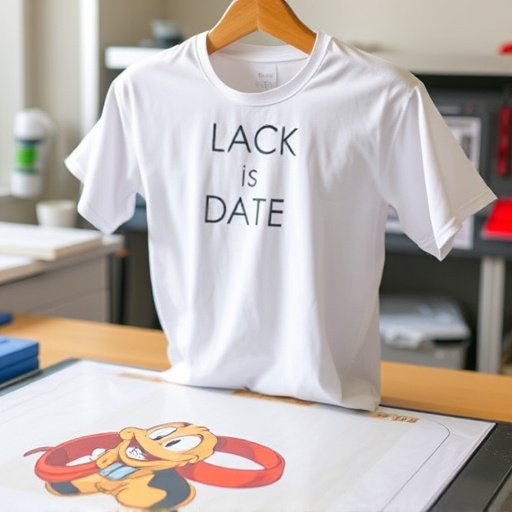
Understanding DTF Custom Orders Volume involves grasping the unique demands and opportunities presented by customers seeking personalized apparel. DTF (Direct to Fabric) technology allows for precise, high-quality printing on a variety of fabrics, making it a popular choice for custom orders. This method not only enables businesses to cater to individual styles but also facilitates bulk DTF shirt production, which can be highly profitable.
For businesses venturing into DTF for Apparel, managing custom order volume requires strategic planning. It involves optimizing production processes, ensuring efficient inventory management, and leveraging technology for accurate order tracking. By balancing these aspects, businesses can meet the growing demand for DTF printing for hoodies and other custom garments while maintaining high-quality standards.
– Definition and importance in the supply chain

In today’s competitive market, understanding and efficiently managing DTF Custom Orders (DTF standing for Direct to Fabric) is crucial for any business involved in garment printing. These orders represent a dynamic segment within the supply chain, allowing brands and designers to create unique, personalized products at scale. DTF transfer film, a key component in this process, enables intricate heat-transfer designs onto garments, including complex graphics, photos, and text. This technology has revolutionized the way businesses cater to individual customer preferences, fostering a more customized and vibrant product landscape.
The significance of DTF Custom Orders lies not only in their ability to offer endless design possibilities but also in their efficiency. Custom sheets for heat pressing designs onto garments streamline production by allowing for on-demand printing and immediate application. Moreover, cold peel dtf transfers, which can be easily removed from the backing without the need for harsh chemicals, contribute to a more sustainable and user-friendly process. This flexibility is particularly valuable for businesses navigating the ever-changing trends in fashion and apparel, ensuring they remain agile and responsive to market demands.
– Factors influencing custom order volume (seasonality, trends, client base)
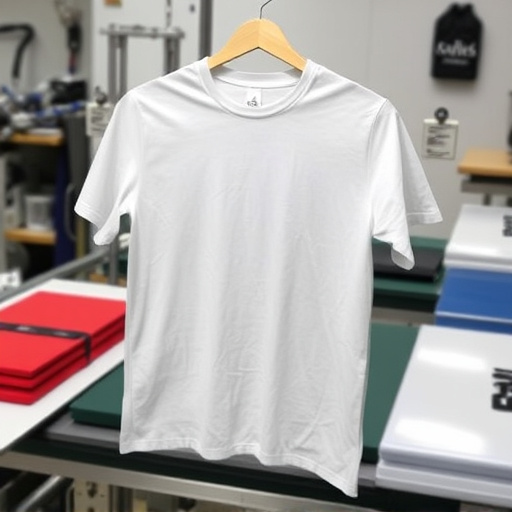
Several factors play a pivotal role in determining the volume of DTF (Direct to Fabric) custom orders. One of the most notable is seasonality. Similar to many retail industries, demand for DTF printing on t-shirts and other fabrics fluctuates throughout the year. Holidays, special events, and changing weather patterns can significantly impact customer orders. For instance, seasonal trends often drive bulk purchases during summer for beachwear or winter for warm clothing.
Additionally, trends in fashion and pop culture directly influence custom order volume. A popular design, character, or phrase trending on social media platforms could spur a surge in DTF orders as clients seek to personalize their apparel with the latest trends. Understanding these fads is crucial for businesses offering DTF printing services, enabling them to anticipate demand and optimize their production capabilities accordingly. The client base also plays a vital role; diverse customer segments may have varying order patterns based on age, interests, and purchasing habits, further contributing to dynamic DTF custom order volumes.
DTF Custom Orders present a significant opportunity for businesses to cater to diverse customer needs. By understanding seasonal trends, staying attuned to market fluctuations, and analyzing their client base, companies can effectively manage and optimize custom order volume. Implementing efficient processes and leveraging technology ensures a seamless experience for both the business and its customers, ultimately driving growth and success in this dynamic aspect of the supply chain.






